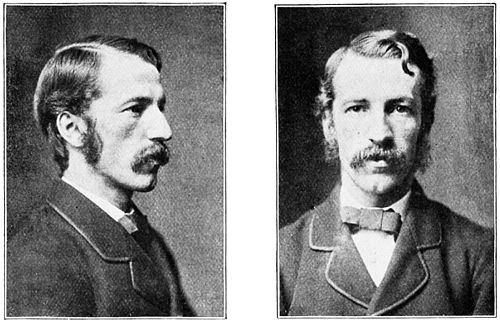Iberian hypothesis, notwithstanding which it has passed current for generations as if founded upon the broadest array of facts. What if we should conclude that the assumption is correct in the light of modern research! It is no justification for the positiveness with which the law has been laid down by hosts of secondary writers. By such a tenuous historical thread hangs many another ethnic generalization. May the day come when the science of anthropology assumes its due prominence in the eyes of historians, and renders the final judgment in such disputed cases of physical descent!
Thus far all has been plain sailing. It seems as if the case were clear. An Iberian brunette, long-headed substratum, still persistent in the western outposts of the islands, dating from the neolithic long-barrow period, or even earlier; and a Teutonic blond one, similar in head form in all the eastern districts overrun from the continent, seem to be indicated. Now we have to undertake the addition of a third physical trait—stature—to the others, and the complexity of the problem appears. Our map on page 165 shows that the British Isles contain variations in average of upward of four inches. Scotland, as we have shown elsewhere, contains positively the tallest population in Europe and almost in the entire world. Even the

Brunette Welsh Type. Cardiganshire.
average of five feet six inches and over in Wales and southwest England is not low; for this is greater than any on the continent south of the Alps. Broadly viewed, the facts in England alone seem to fit our hypothesis. Here we observe the eastern counties relatively tall, with a steady decrease as we pass westward, culminating in southern Wales. The ancient Silures or their modern descendants
